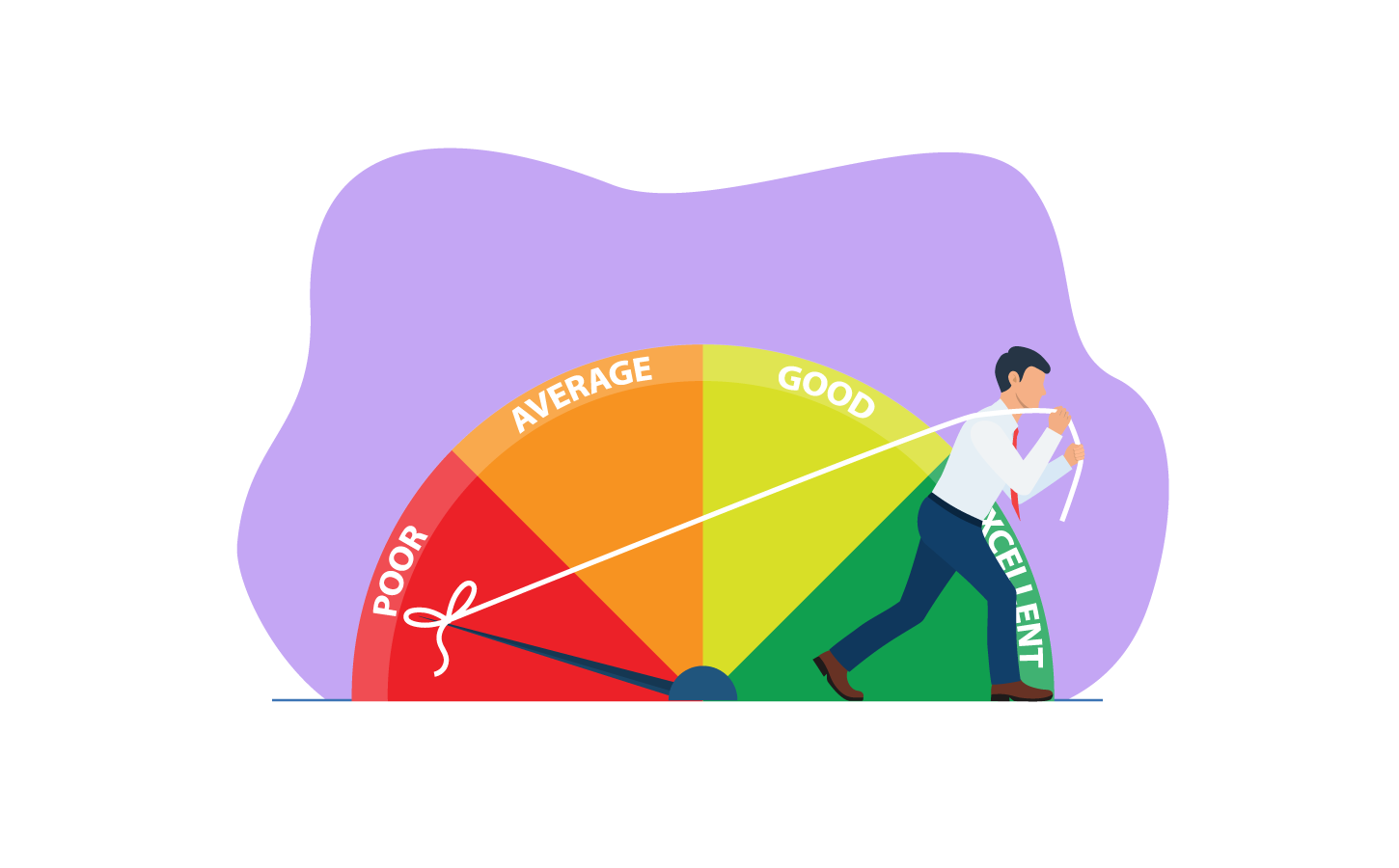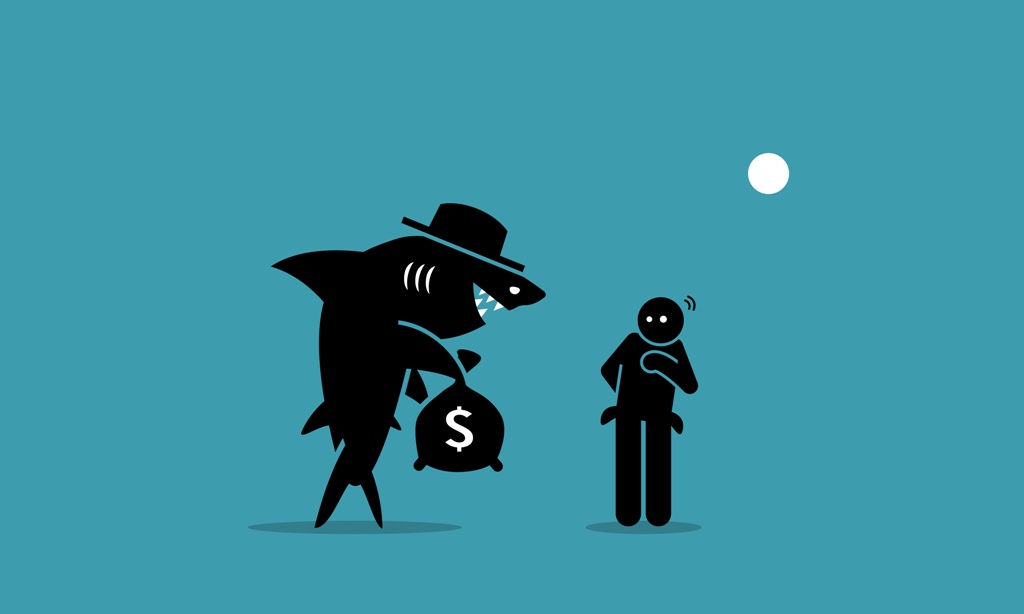The idea of taking a loan is often a topic individuals from a monetary conservative society might shy away from. However, it’s key that we all have a more accepting perspective towards the concept of borrowing, as it is just how most economies sustain themselves and reach financial success and freedom.
As we all are familiar with the basic understanding that a loan comprises both, a lender and a borrower, the technicalities of each type of loan existent within our society are countless. Let us discuss the 2 most common types of consumer loans in this article which are secured and unsecured loans and when would these loans be the most viable option in our daily lives.
The most common type of loan that most of us are familiar with arguably would be a home loan or a vehicle loan. These are known as secured loans, as the borrower pledges the collateral (in the case of the house or vehicle) against the loan. This is necessary as it lowers the risk incurred by the lender as they might possess the house or vehicle in the case of payment defaults. This enables the lender to provide the borrower with access to a larger pool of funds since they have ‘control’ over the collateral until the loan is fully paid off.
Most of the time, these loans are considered the most viable option. This is due to the fact that the borrower is able to purchase a house or a vehicle just by paying a small fraction of its true cost and then, pay the remaining sum over a number of years. With the example of a house, the borrower is able to purchase a house 4 times more expensive than the amount of available cash (as seen by the 25% upfront down payment in Singapore) he or she has on hand. That way, the borrowers can secure an asset with a much larger net worth which they will eventually own after the loan is paid off. If used wisely, the concept of a loan with the above example may allow borrowers to grow their net worth by strategically purchasing asset classes that grow in value. With that, it should be noted that loans can allow us to achieve financial security by growing our assets from a younger age to secure greater financial freedom and lesser financial obligation at an older age.
The next most common type of loan that most individuals are familiar with would be unsecured credit loans. These consist of both long and short-term loans that are acquired based on our personal creditworthiness, hence these are usually called personal loans. We can obtain such loans both from banks as well as licensed money lenders in Singapore. However, the amount of loan obtained may vary largely due to the few metrics available for financial institutions to qualify their risks, since no collateral is needed to be pledged for such loans. The most useful tool to assess the risks for lenders would be the total amount owed by the borrower to other lenders and the creditworthiness of the borrower to gauge the chances of payment defaults.
There are almost unlimited ways in which we can use these loans but one of the most viable ways to use these loans would be to pay off existing loans revolving at a higher interest rate. Most common of which would be the interest from existing credit loans, most commonly seen in credit cards. Many of us look towards obtaining a credit card as soon as we start working as all we need is usually to provide the financial institution with payslips suggesting that we are full-time employees with a minimum income of $2,500 in order to be eligible for a credit card with a limit that may be up to 4 times higher than our monthly income. It’s important to take note that such credit is the same as taking a loan from the bank until the due date. If we default on a credit card payment at its due date then most of the time, we will incur a late fee and the amount due will start to absorb an exorbitant interest rate usually from 25-29% per annum. This kind of interest incurred is significantly higher than that of a personal loan and we should seek to avoid paying such interest even if that means taking a loan in order to clear it off. A personal loan to clear the high-interest rates of a credit loan works to be the most viable option in this case, as the borrower is able to split the huge loan obligation into smaller monthly payments. This way, we will be able to manage our debts more effectively and lower most of the unwanted interests from other types of loans. Furthermore, this would improve our credit score, which then suggests greater creditworthiness to lenders in the event that we may need to apply for a loan again.
In conclusion, it can always be debated if one should apply for a loan or not. However, this article briefly suggests the ways in which a loan may be seen as the most viable option to lead to the desired outcome of attaining financial security and freedom along with lesser financial obligation. Whenever in doubt of our personal finance, we should seek advice from professionals (banks and licensed money lenders) and take advice to derive the best solutions to benefit our current financial situation and propel us towards greater financial freedom!
About the Author

Led by a team with invaluable expertise across Singapore’s licensed moneylending, banking, and finance industries, CompareSing provides users with a streamlined yet informative experience at every step of their loan journey.


















